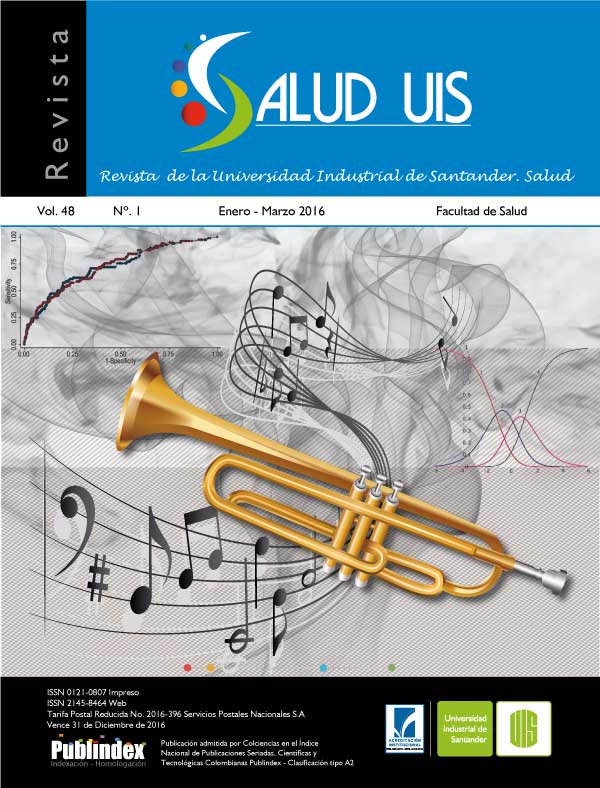Abstract
Introduction: Regular physical exercise prevents and reduces the risk of transmissible disease, improves functional bone health, maintains caloric balance and weight control, improving not only the physical condition or ftness profle, which is refected in the ability to complete daily tasks with vigor and without fatigue; all relative to health. Objective: To determine the ftness profle of university students in the Department of Boyacá. Methodology: A descriptive study with cross-sectional design, which includes a population of 204 university students, of which a sample of 40 was obtained using Epidat® software, with 95% reliability and 5% error, the sampling was stratifed with proportional allocation. The following ftness components were evaluated relative to health: aerobic capacity, muscular strength, fexibility and body composition. Measurements of central tendency and frequency were obtained, and association tests were applied such as Chi-squared, Pearson, Spearman and U Mann-Whitney. Results: The average age of the population was 21.13 years (SD 2.79), 67.5% were classifed as normal weight under the Body Mass Index, 35% were placed in the obese range based on percent body fat, the average muscular strength for hand grip was 30.02 kilograms (SD 12.85), 70.48 kilograms (SD 40.88) for lower extremities and 69.6 (SD 38.5) kilograms for core. 85% of women and 81.8% of men were classifed in the very poor range when evaluating for aerobic health. Signifcant statistical association was reported between aerobic capacity and gender (p 0.00), core strength, upper and lower extremities with gender at (p 0.0030, (p 0.04) and (p 0.038) respectively. Conclusions: The physical condition or ftness profle is not adequate for the age of the participants considering the low levels of muscular strength and aerobic capacity that were obtained, similar to the high frequency of students classifed as obese according to body fat percentage.
Se autoriza la reproducción total o parcial de la obra para fines educativos, siempre y cuando se cite la fuente.
Esta obra está bajo una Licencia Creative Commons Atribución 4.0 Pública Internacional.
